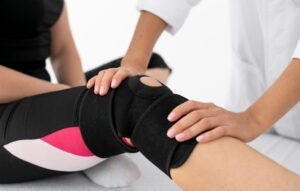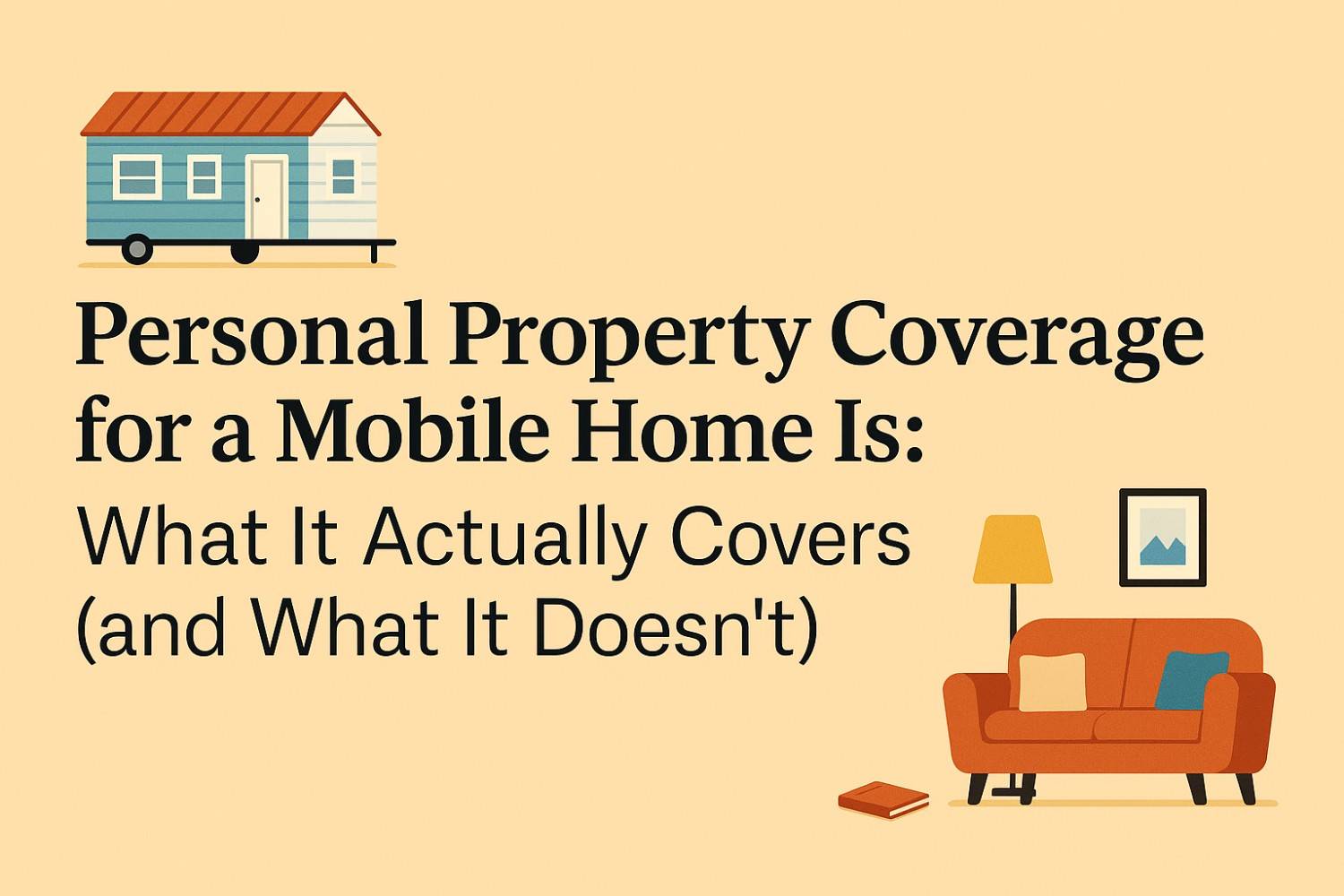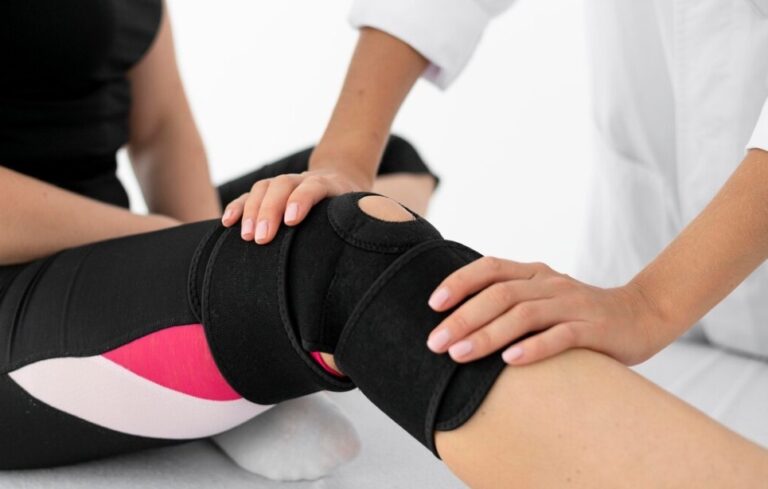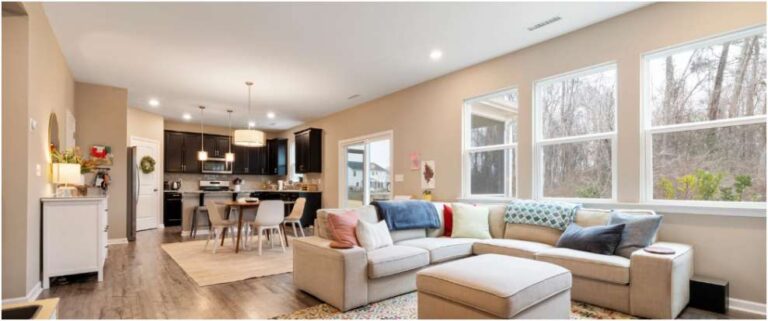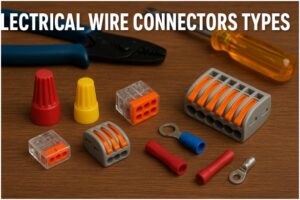If you own or live in a manufactured home, understanding personal property coverage for a mobile home is the difference between a smooth claim and a painful out-of-pocket bill. In most policies, this protection (often called “Coverage C”) pays to repair or replace your belongings—furniture, clothing, electronics—when they’re damaged, destroyed, or stolen due to a covered peril.
What does personal property coverage include for manufactured homes?
At its core, Coverage C protects your stuff—not the structure. Think furniture, appliances you own, clothing, small electronics, and décor. If a named peril like fire, wind, hail, or theft strikes, the policy helps pay for replacements up to your coverage limit, minus your deductible. Many manufactured‐home policies mirror standard homeowners coverage but are tailored to mobile/manufactured risks.
Coverage typically follows your belongings on or off premises—for example a laptop stolen from your car may still be covered (often with a lower off‐premises sublimit). Always check your declarations page for limits and sublimits on categories like jewelry, collectibles, or cash.

How do insurers value your belongings: ACV vs. Replacement Cost?
One of the biggest claim surprises is how items are valued. With Actual Cash Value (ACV) the insurer pays the cost to replace your item minus depreciation (wear and tear). With Replacement Cost (RCV) depreciation is not deducted—you get what it costs to buy a new, similar item today. Manufactured‐home policies often start with ACV unless you add an RCV endorsement. Choosing RCV usually costs more but can significantly reduce your out‐of‐pocket at claim time.
Which perils are typically covered—and which are not?
Most mobile home policies cover common risks: fire, wind/hail, explosion, theft, vandalism, and certain types of water damage (not flood). Flood and earthquake are almost always excluded and require separate policies or endorsements. Review your policy’s named perils and exclusions carefully; coverage can vary by insurer and state.
Tip: If you want broader protection for belongings (fewer “named peril” gaps), ask whether your carrier offers a more comprehensive form or endorsement that expands personal property protection and confirm how it applies to manufactured homes in your state.
How much personal property coverage do you need?
A fast rule of thumb is to complete a room-by-room home inventory—photos + receipts if possible—then total the replacement value. Many regulators and consumer guides emphasise that deductibles apply to personal property claims and that higher deductibles reduce premiums, but you’ll pay more out‐of-pocket per claim. Keep your limits aligned with what it would cost to replace your belongings today, not what you originally paid.
Some insurers and state regulators specifically call out personal property coverage in manufactured home policies—use their checklists and free inventory apps to document your items before a loss.
Are there special limits on certain items?
Yes. Categories like jewelry, watches, firearms, silverware, collectibles, musical instruments, and cash often have sublimits (e.g., a few thousand dollars for theft), regardless of your overall Coverage C limit. If you own high-value pieces, consider scheduling them (itemising with appraisals) or adding appropriate floaters to raise protection.
Does coverage follow my stuff when I travel or move?
Generally, your personal property is covered off-premises worldwide, but often at a reduced percentage of your on‐premises limit. Moving can be tricky—damage in transit may be limited or excluded. Confirm with your insurer how off-premises and in-transit coverage applies to your specific manufactured home policy.
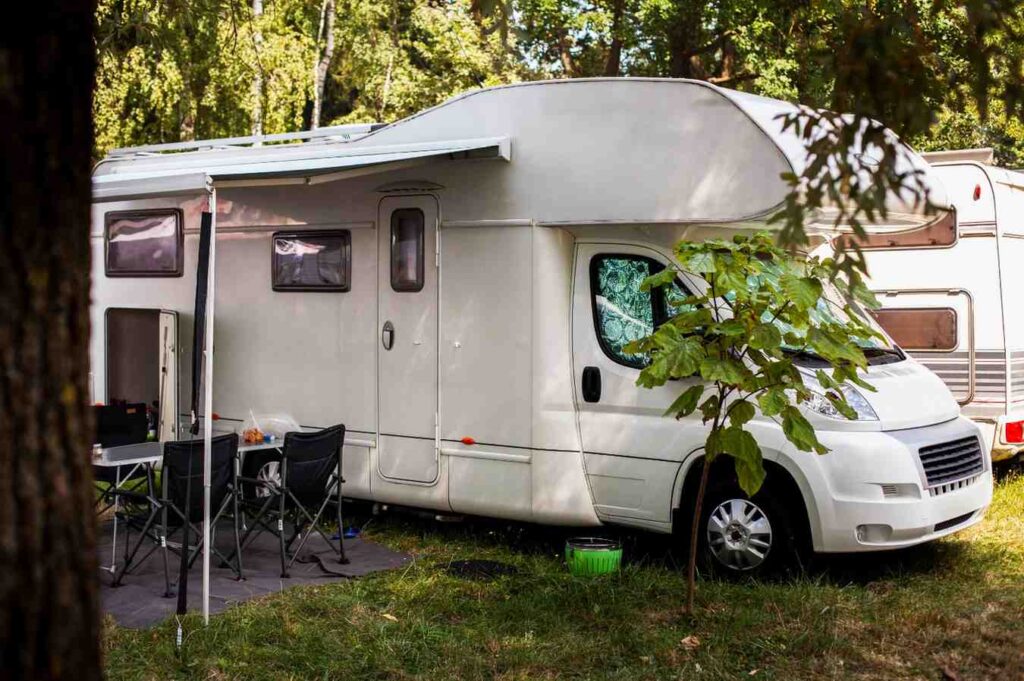
How it differs from homeowners insurance
Although the aim is similar, the way personal property coverage for a mobile home works differs from a standard homeowners policy in several key ways. A policy designed for manufactured homes takes into account their particular characteristics—such as transportation, anchoring, foundation type, and increased vulnerability to weather events. Because of this, many insurers will not offer a conventional homeowners policy like the widely used HO-3 for a mobile home dwelling.
Instead, one must secure a policy specifically suited to factory-built or mobile/manufactured homes—commonly labelled HO-7 (or similar) in many states. These specialized policies reflect the unique risks and underwriting criteria of mobile home living and differ in structure, eligibility, and cost from typical homeowners policies.
What else should mobile home owners know?
Manufactured home insurance is built around two big buckets: physical damage (dwelling and contents) and personal liability. Your additional living expenses/loss of use coverage may also help with hotel or rental costs if a covered loss makes your home uninhabitable—another reason to right-size your limits.

Frequently Asked Questions
1. Is personal property coverage for a mobile home the same as homeowners Coverage C?
Functionally, yes—it protects your belongings against covered perils. The big difference is in policy form & underwriting tailored to manufactured homes. Coverage terms (named perils vs broader form), limits, and endorsements can differ by carrier and state, so confirm specifics with your insurer and read the declarations and exclusions closely.
2. Should I choose replacement cost or ACV for my mobile home contents?
If budget allows, replacement cost is the safer bet because it does not subtract depreciation at claim time, helping you buy new equivalents after a loss. ACV is cheaper but often yields smaller payouts. Ask your carrier if an RCV endorsement for contents is available for your manufactured home policy.
3. Are floods, earthquakes and mold covered for my personal property?
Flood and earthquake are typically excluded from standard policies; you’d need separate coverage (e.g., NFIP flood policy) or endorsements where available. Mold coverage is often limited or subject to strict conditions and caps. Always verify exclusions and available add‐ons before you need them.
4. How much personal property coverage should I carry?
Build a home inventory and aim for a limit that reflects the current replacement cost of your belongings. Remember that higher deductibles lower premiums but increase your share per claim, and that sublimits apply to certain categories (e.g., jewelry). Revisit limits annually or after big purchases.
So, what personal property coverage for a mobile home is — in one line
It’s the part of your manufactured home policy that replaces your belongings after a covered loss, ideally at replacement cost, with the right limits, documented inventory, and endorsements for high-value items. Start by confirming ACV vs RCV, checking sublimits, and aligning your limit with what it takes to fully replace your stuff today.

